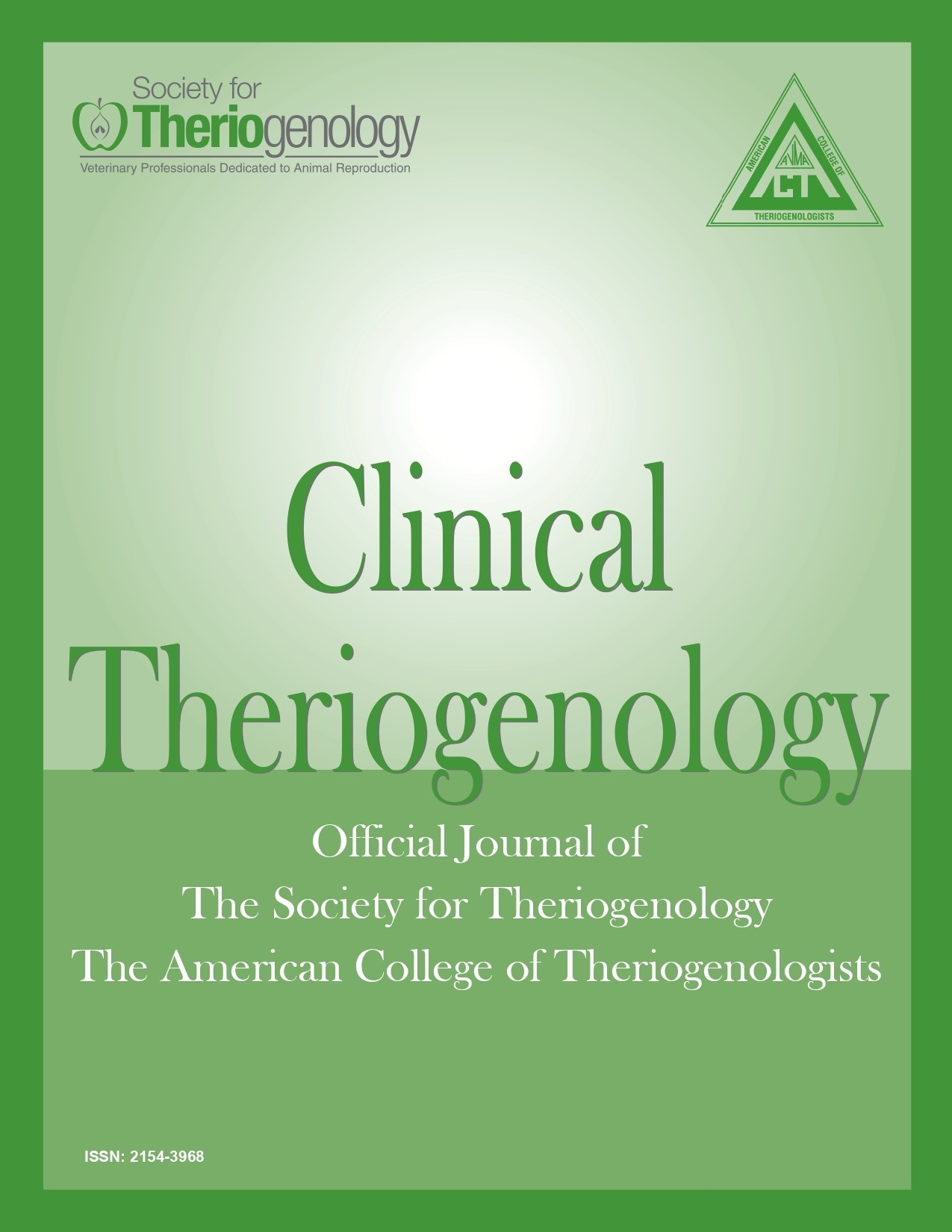The future is coming! New technologies being applied to reproduction in animals and humans
Abstract
Advances in genome sequencing, gene editing and computational analyses have brought the genetic future rushing toward us. Gene editing is currently being used extensively in research, to explore function of genes via over- and under-expression, and to produce animal disease models and animals useful for production of medically important components. Through computational analysis of nucleotide sequence versus performance, disease or other morphological characteristics, tens of thousands of genetic variants associated with a large number of traits have been identified in many species, and selection based on genetic merit, even in preimplantation embryos, is ongoing. Advances are also being made in understanding and manipulation of primordial germ cell and oocyte development, such that functional oocytes have been produced from somatic cells; and in extended in vitro culture of embryos past the implantation stage. Combined with work on development of an artificial womb, the potential to achieve extra corporeal pregnancy seems plausible. Many of these advances appear to warrant veterinary, breed registration or ethical oversight, so it is important that veterinarians be aware of new achievements in these areas.
Downloads

This work is licensed under a Creative Commons Attribution-NonCommercial 4.0 International License.
Authors retain copyright of their work, with first publication rights granted to Clinical Theriogenology. Read more about copyright and licensing here.





